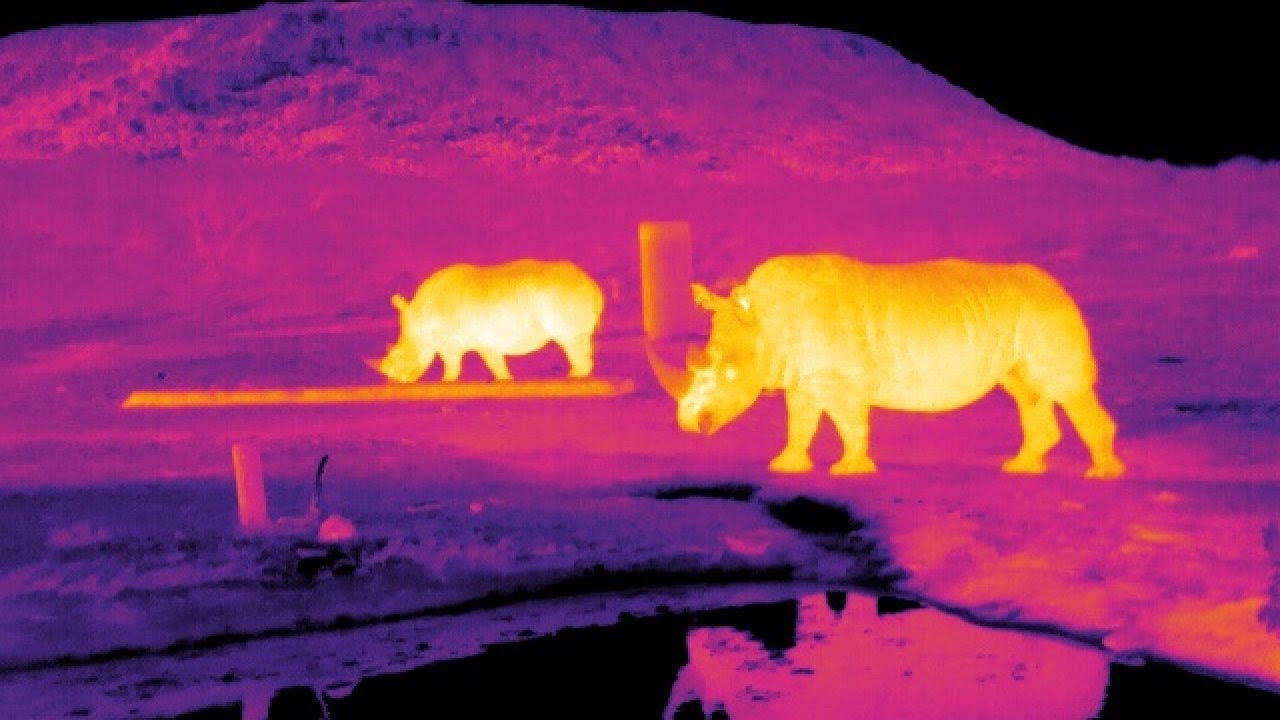As animal collisions soar, thermal cams offer hope


Fall is here, and that brings increased activity among large animals in some parts of the country. Deer, elk, and moose will be migrating and searching for food ahead of winter. This is a cool thing to see, but it also sets up an ugly reality in densely-populated areas where there's lots of traffic.
According to the 2020 State Farm annual study, nearly two million wildlife vehicle collisions (WVCs) occur every year in the United States alone, representing approximately five percent of all reported motor vehicle collisions.
Thermal imaging solutions are one potential way to mitigate those collisions, which can be deadly to both humans and animals. Thermal imaging cameras can see significantly farther than headlights, identifying animals in various driving conditions. They detect and measure an entirely different wavelength of energy, known as long-wave infrared (LWIR) radiation, or heat energy, which radiates, absorbs, or is reflected by everything on earth. Therefore, detecting and classifying animals in daylight, total darkness, or blinding sun glare is possible.
Thermal cameras from companies like Teledyne FLIR are already offered on some vehicles as part of advanced warning systems. Because of their adeptness at detecting body heat, they're seen as highly effective at giving advanced warning of some WVCs, which account for around 26,000 injuries to motorists each year. Tying in a thermal camera with an automatic braking system would be ideal given the speed at which animals often move into roadways.
FLIR has been aggressive diversifying both within and beyond the consumer automotive space. Recently, I wrote about FLIR's acquisition of Endeavor Robotic Holdings, a military defense company specializing in ground robots, for a whopping $385 million. That acquisition came shortly after FLIR acquired aerial drone company Aeryon for $200 million, and just before the company announced it had made a strategic investment in DroneBase, a global drone operations company that provides businesses access to one of the largest Unmanned Aerial Surveillance (UAS) pilot networks.
Working with the Cat S62 Pro and its thermal imaging camera
FLIR has also been active in traffic management systems worldwide.
"FLIR traffic systems are currently installed in 75 countries, and with the addition of TrafiSense AI and TrafiCam AI, FLIR now offers a fully integrated solution that enables traffic engineers and city planners to apply AI-based learnings to continuously optimize traffic flow," says Rickard Lindvall, General Manager, Solutions Business, FLIR Systems. "The integrated solution enables cities to improve urban roadway design to make cities safer and more livable."
The company is quickly positioning its thermal imaging technology to become indispensable in several high-stakes sensing environments.
A FLIR thermal test vehicle recently demonstrated how adding a thermal sensor with a radar, a visible sensor, and a trained convolutional neural network (CNN) can improve animal detection and pedestrian detection from current automatic emergency braking systems. CNNs are used to analyze images for certain characteristics and can be trained to detect and classify wildlife. Teledyne FLIR expanded their CNN to detect large animals in addition to its current capacity to detect pedestrians, vehicles, bikes, cars, and multiple classes of road objects.